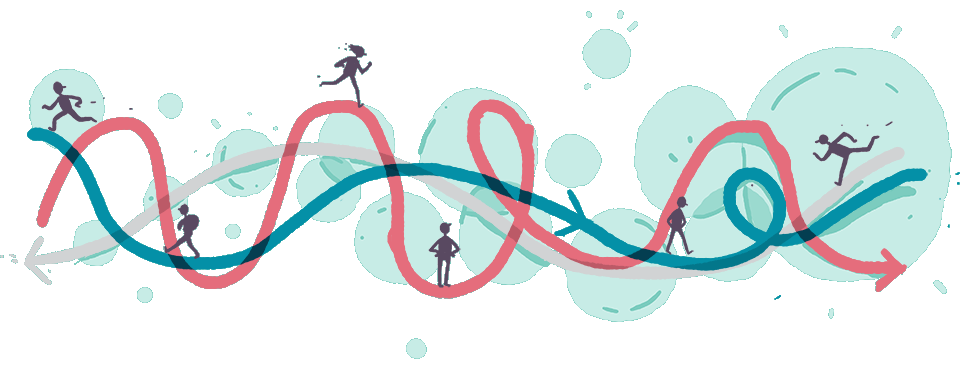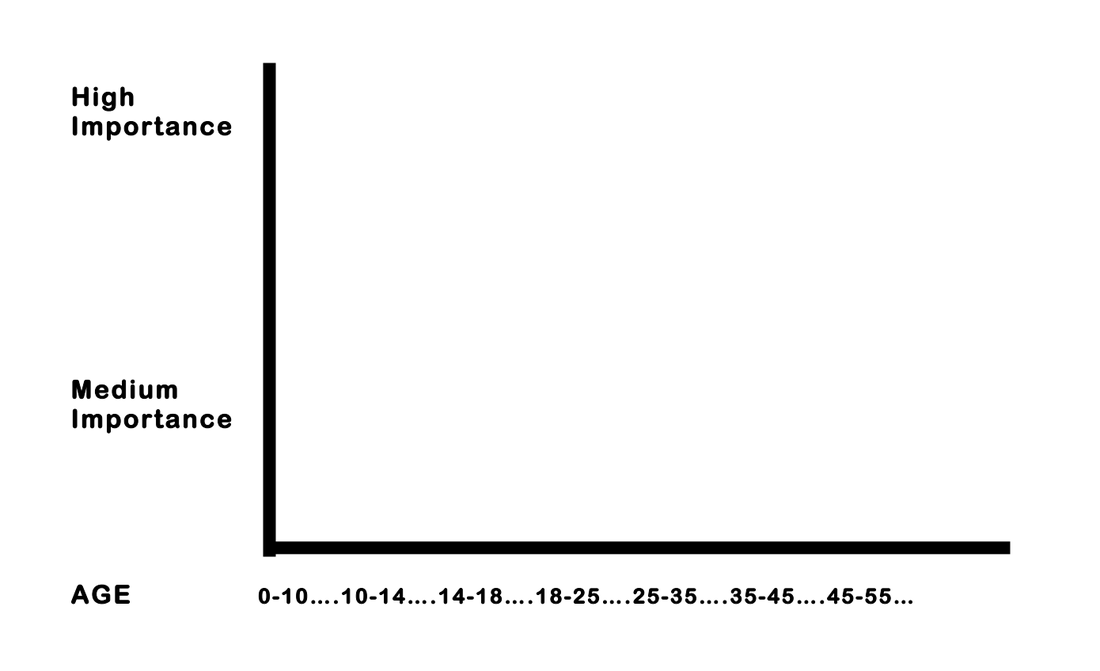|
Note: All protocols have multiple origins. The strength of a protocol is in the ability of facilitators or planners to adjust/revise for use in your context. http://www.nsrfharmony.org/free-resources/protocols/a-z is a good source of multiple protocols for school, district, community and organizational use. Each person has a rich life story with hard places and great celebrations. Taking the time to hear those stories increases the appreciation for what individuals have gone through and how their experiences have shaped their responses to different situations. As a group is forming, it is also important for each individual to feel seen and be heard. Creating time for the group to do this will increase the ability of the group to trust each other and to understand the gifts and talents that are available to the whole team. Even in settings where people worked together for some time, this activity is likely to increase the level of understanding in the group. A journey line uses experience(s) as a moving force for change (Dewey, 1938) in the sense that the individual and collective experience(s) as remembered by participants constitute a story. In turn the journey line themes provide generative knowledge about a subject. They can be used to construct the “story of self” on the path from childhood (earliest memories) to the present. The journey lines, when shared, become the “story of us” and can become a “story of collective knowledge or action” about a particular topic. Some examples of journey lines include:
The introduction for each journey line and the reflection questions may change, but the process is the same. 1. Introduce the concept of journey line as an individual and collective story and set of experiences. 2. Choose a set of questions or prompts for the journey line topic that stimulate participant thinking. 3. Share 2 examples of the particular journey line you are using based on your experiences (on a journey line you have constructed before the workshop). 4. Ask participants to write or draw on journey line for 6-8 minutes. 5. Share in duos or trios and you may want to share as group. 6. Collect important attributes and themes of journey lines. Share themes from duos or trios. 7. Optional: Collect and analyze stories from journey lines as practice for community story mapping.
Please stay tuned as this event has not happened yet...
1 Comment
|
ArchivesTags |

